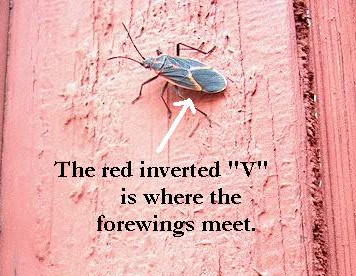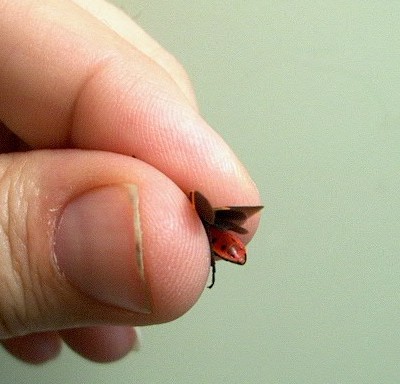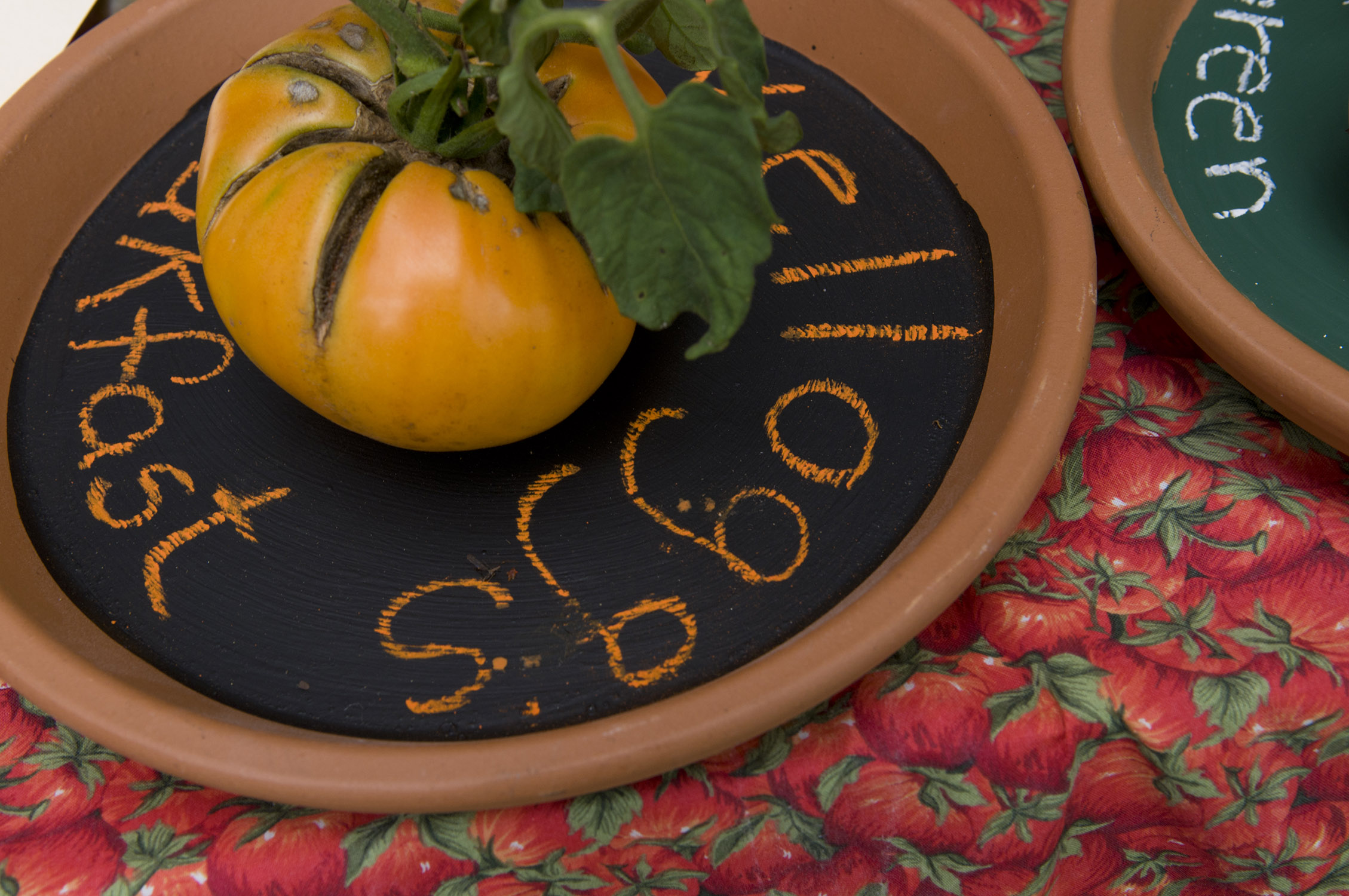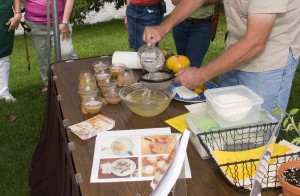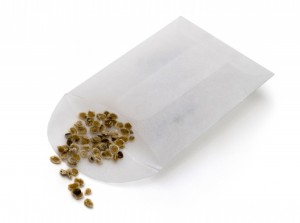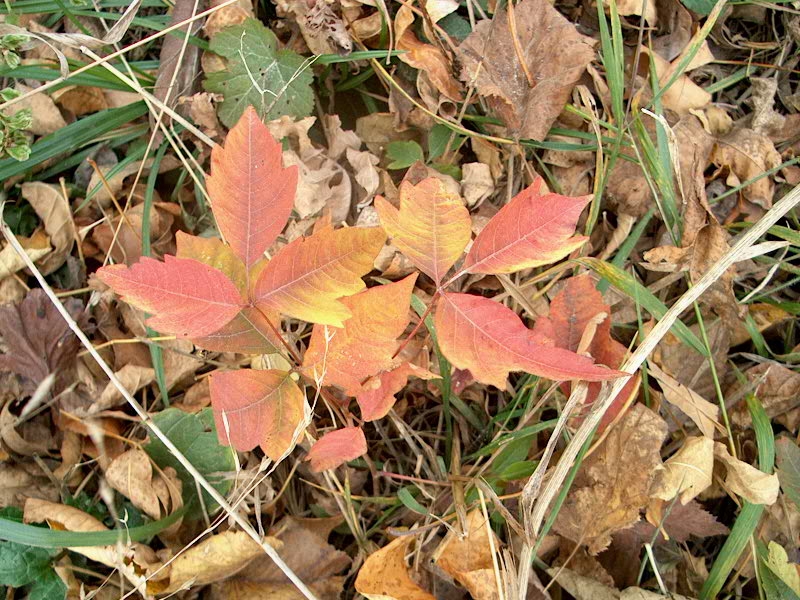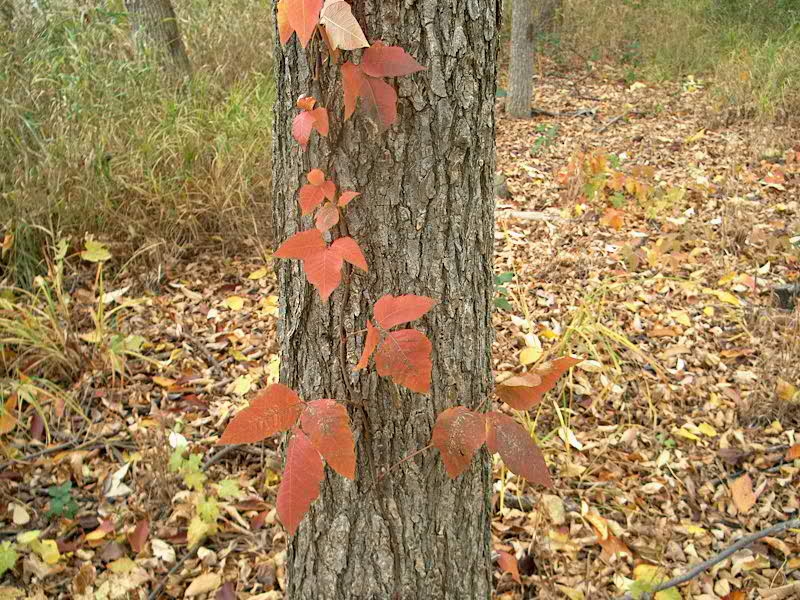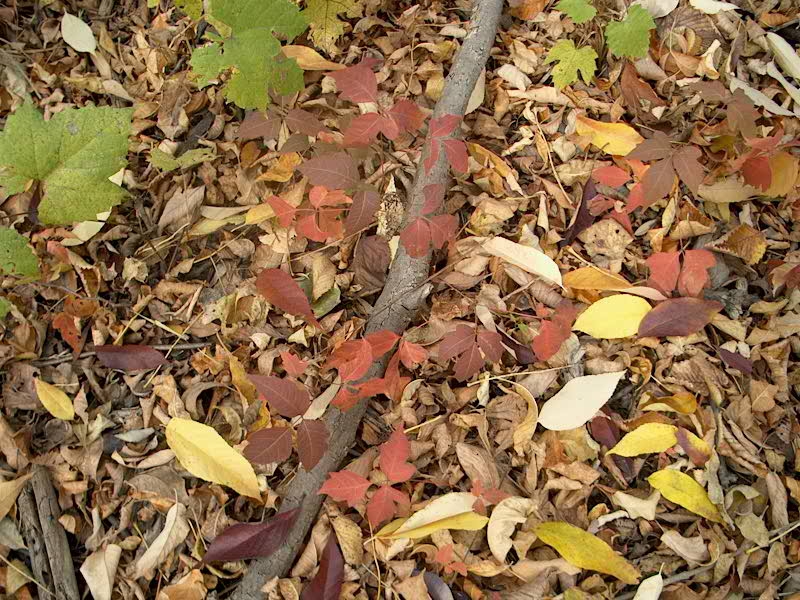You may think of the three greenhouses as warm and cozy places to visit on a chilly fall day, but look sharp! There are dark and chilling secrets among the plants you may see there…
In the Arid Greenhouse
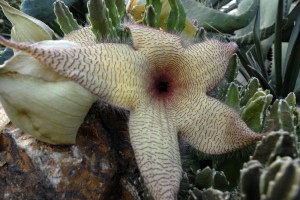
ROT ROT ROT: Though the star-shaped flowers of the toad plant look beautiful, they smell like rotten meat. (The scent attracts flies, which are the plant’s pollinators.) We warned you.
DEADLY SAP: The milky sap of many plants in the euphorbia family irritates the skin and eyes…and is poisonous to humans and animals if ingested.
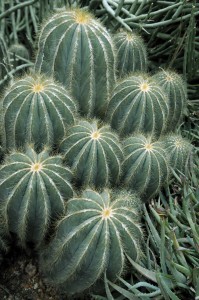
THE BAT SIGNAL: All cactus flowers last just one day—but the flowers of the Peruvian apple cactus only bloom one night, the better to attract its pollinator, a bat.
SHARP LEAVES: Although cactus needles are nothing more than very skinny, narrow leaves, they are sharp enough to hurt. The tiny, hairlike needles can really get under your skin…ouch!
In the Tropical Greenhouse
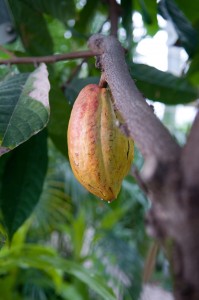
CHOCOLATE AND FLIES: Think about this as you’re eating your Halloween candy: tiny flies (called midges) are the pollinators for the cocoa tree. Therefore, every bit of chocolate you eat started with a fly…yum yum.
BANANA BLOOD? When a leaf is trimmed off the banana plant, the sap that runs out is initially clear…but then it turns purplish-brown, leaving “blood” on the clothes of those who trim it. Is that a stain on your shirt?
KILLER BUGS: When plant-eating bugs attack in the greenhouse, we release the appropriate bug-eating bugs. Although these mini-carnivores are mostly too small to be seen by humans…wait, do you hear munching?
In the Mediterranean Greenhouse
THE STRANGLER: A rubber plant called the “Strangler Fig” has long, creeping roots that climb over other plants, tapping into that plant’s circulatory system and eventually smothering it. Most rubber plants are harmless…did you just see something move?
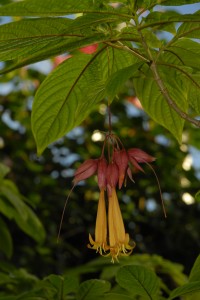
THE SPOOKIEST OF ALL: By tearing down forests and destroying its natural habitat, humans have caused plants like Deppea splendens to become all but extinct. The only known survivors live in botanical gardens like this one.
Happy Halloween, everyone!

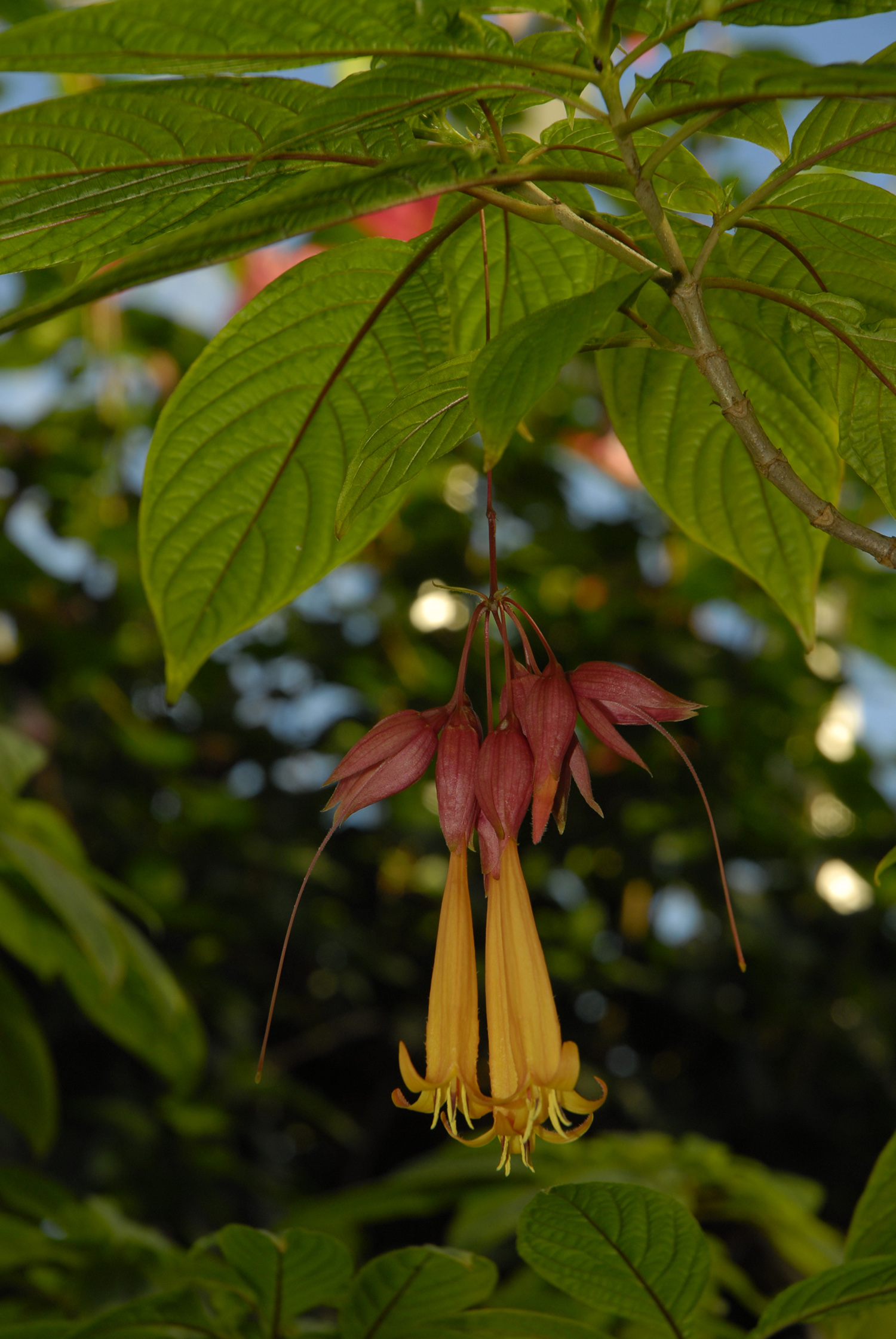
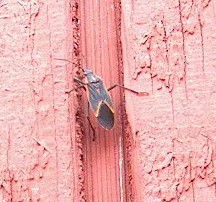
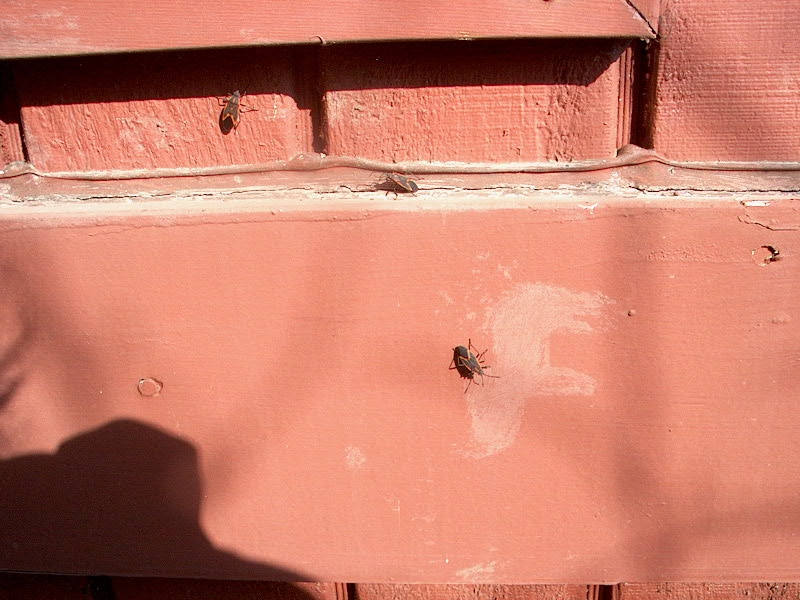 They’re all over the Learning Center and maybe around your house, too. They are boxelder bugs, and although they are a nuisance, they are harmless.
They’re all over the Learning Center and maybe around your house, too. They are boxelder bugs, and although they are a nuisance, they are harmless.